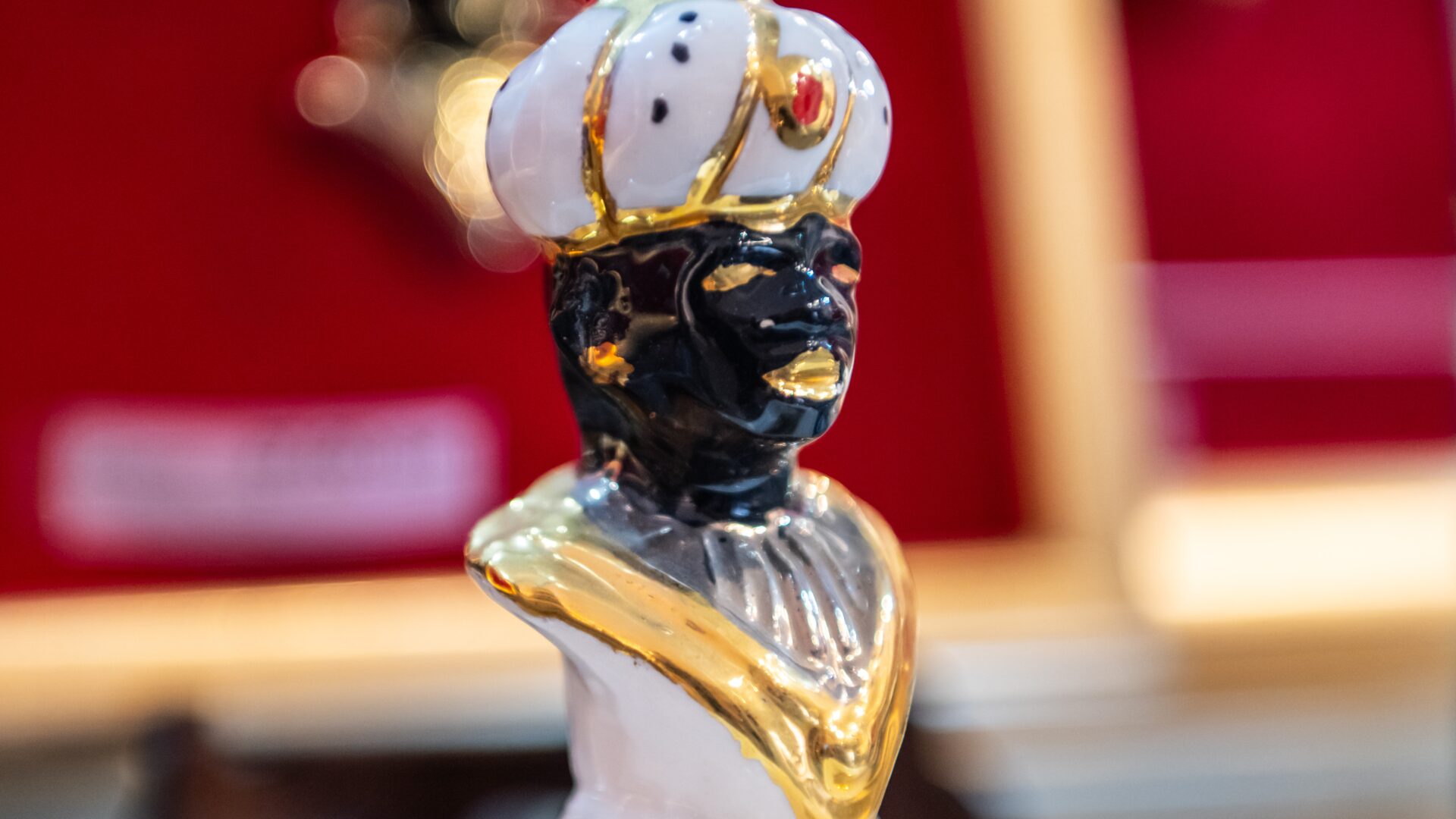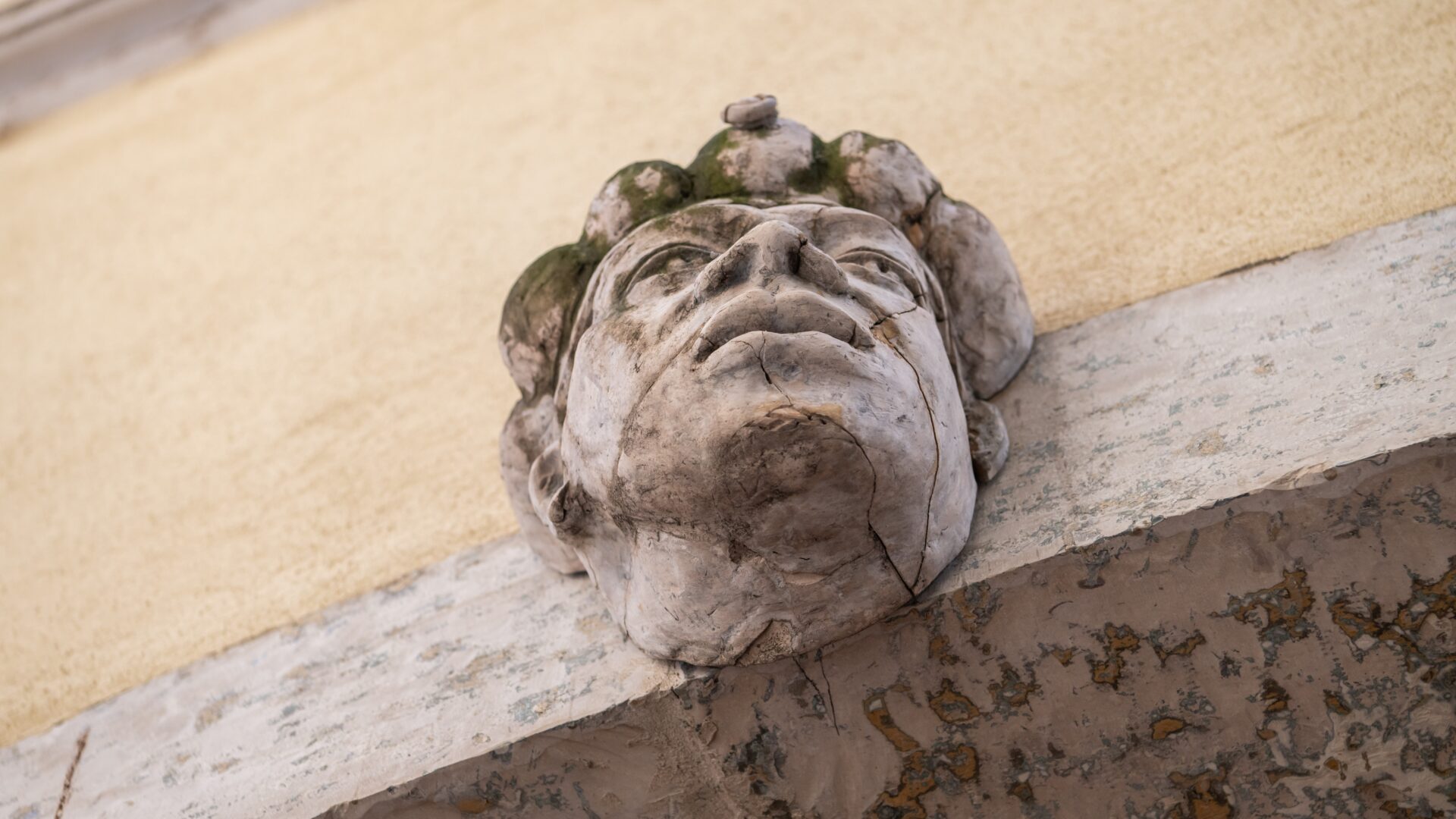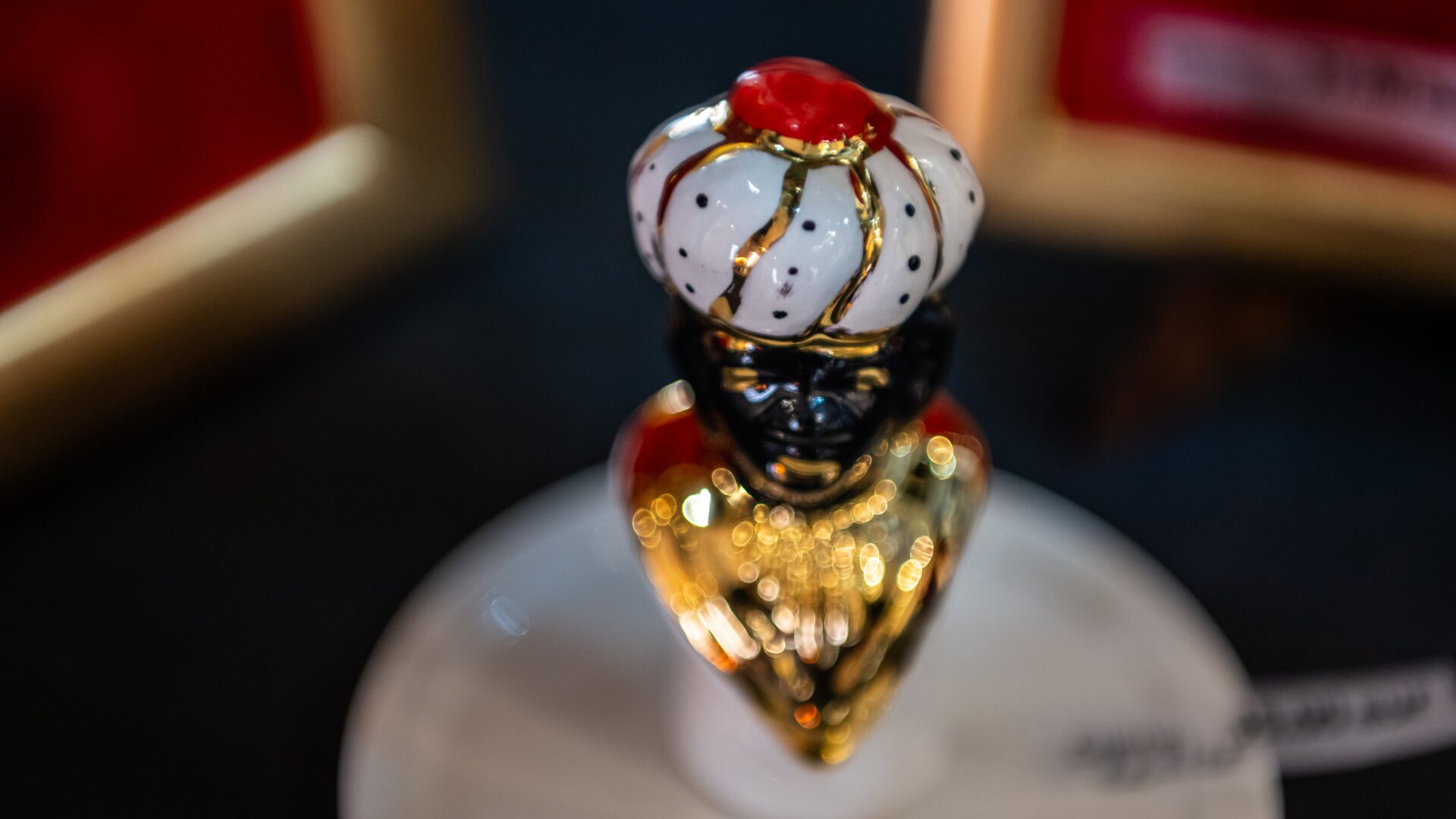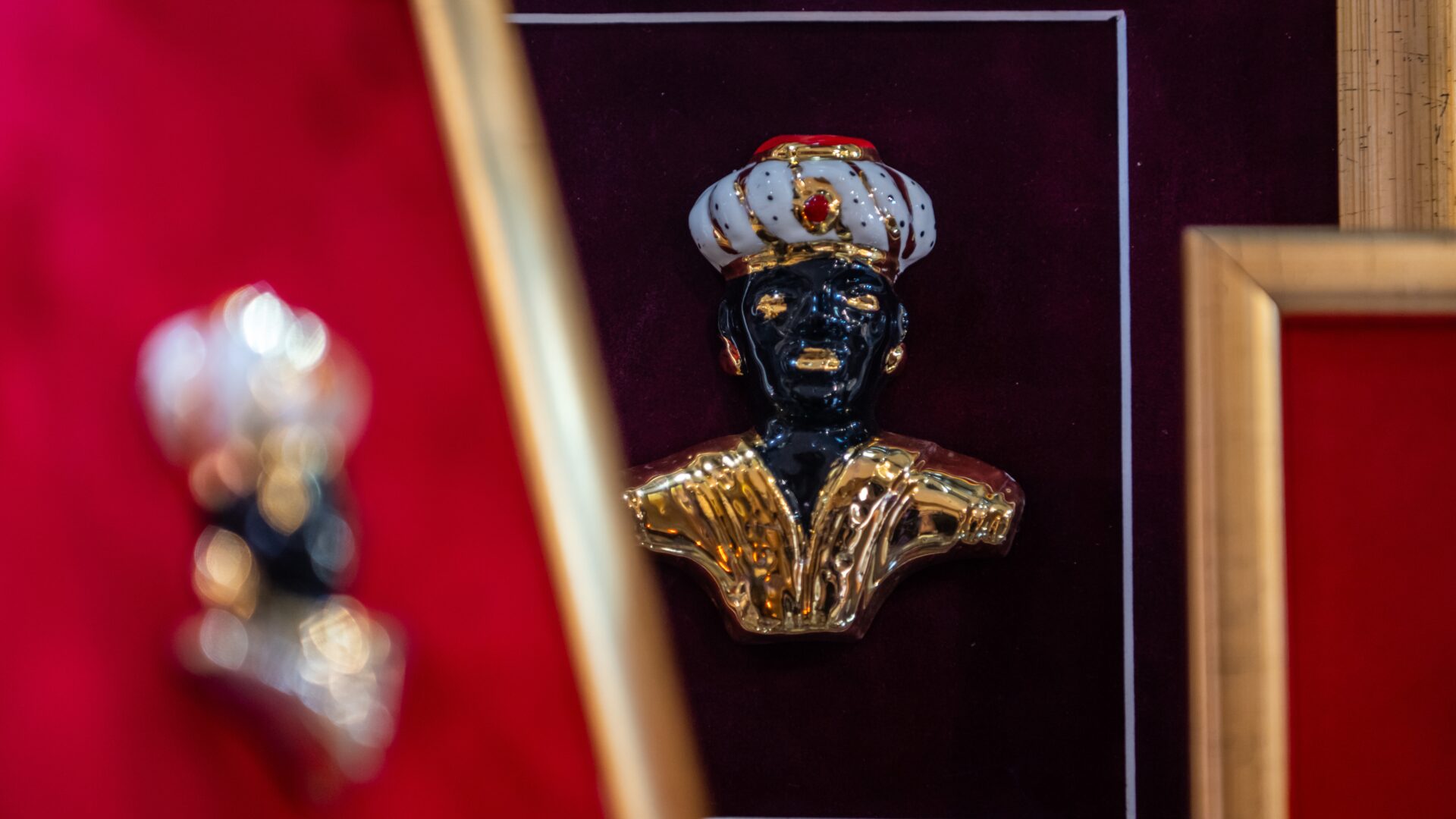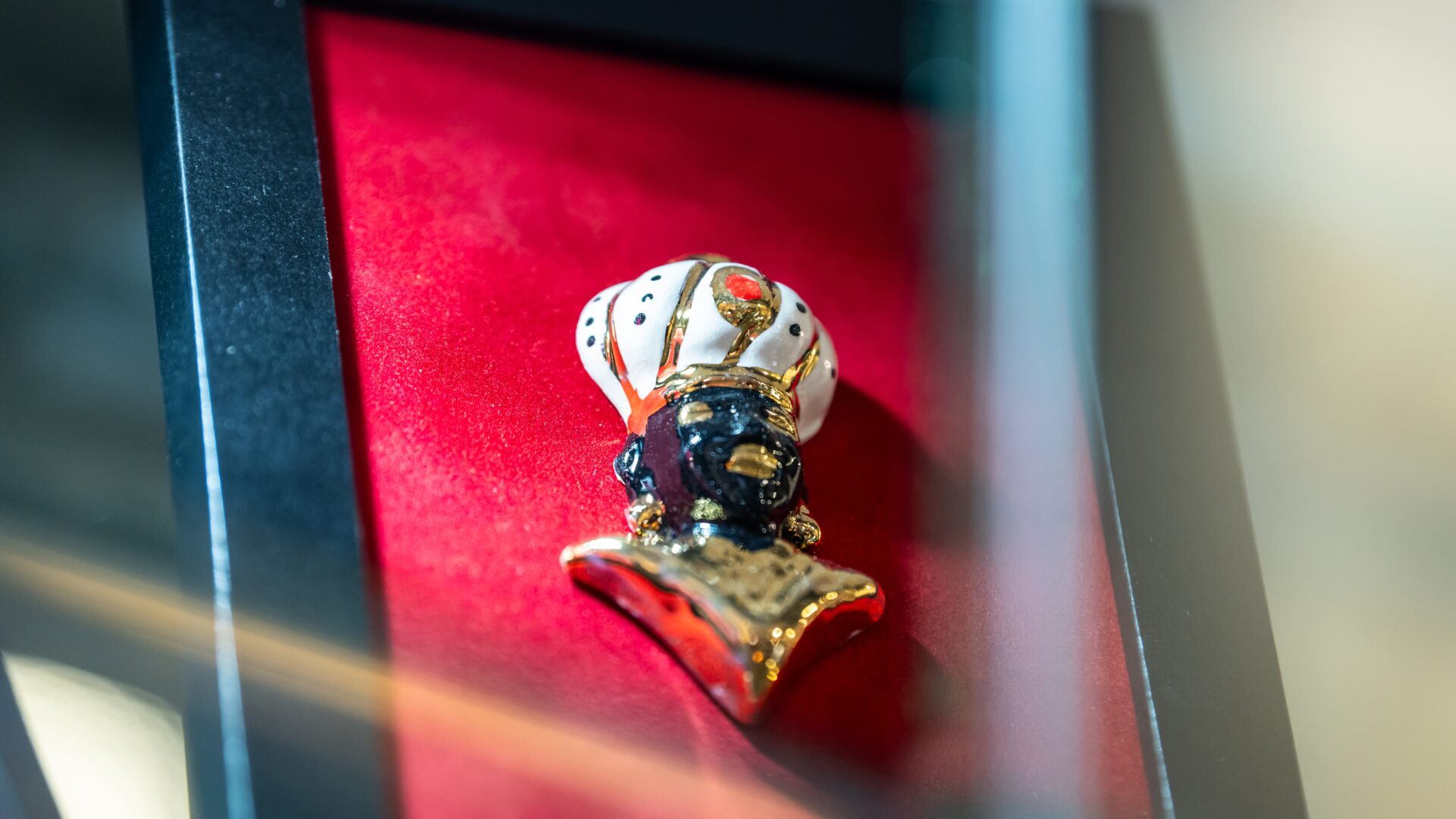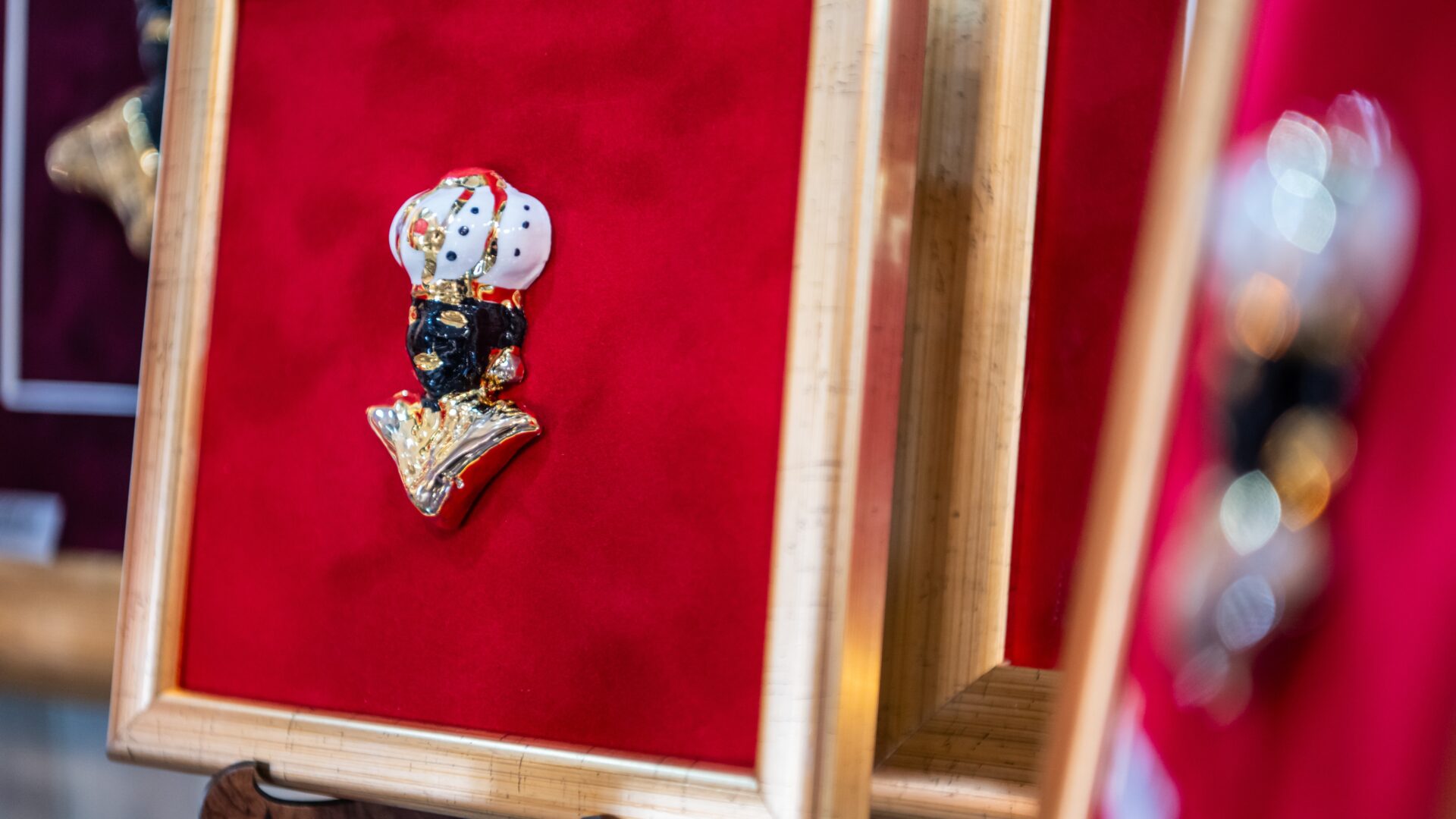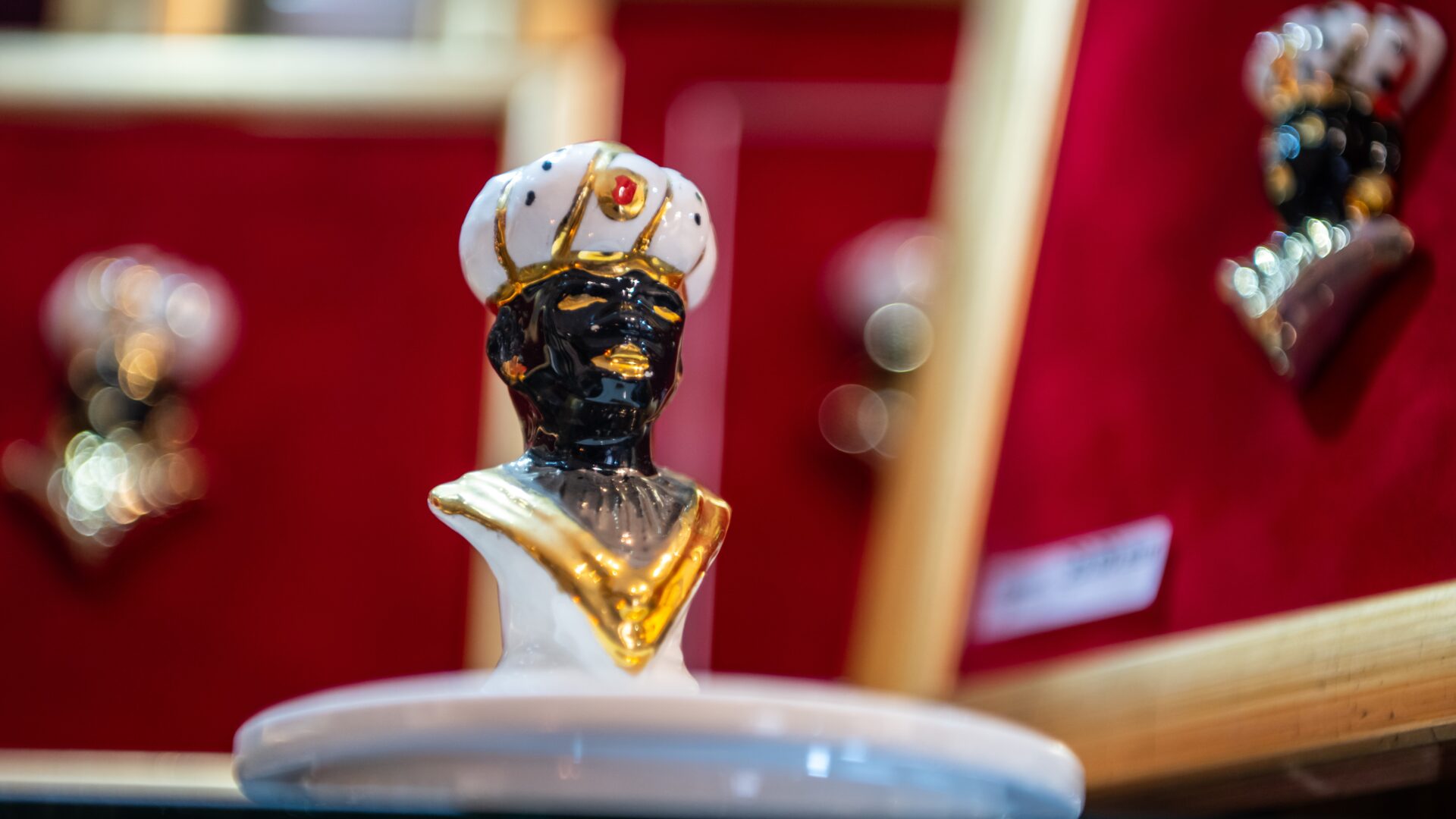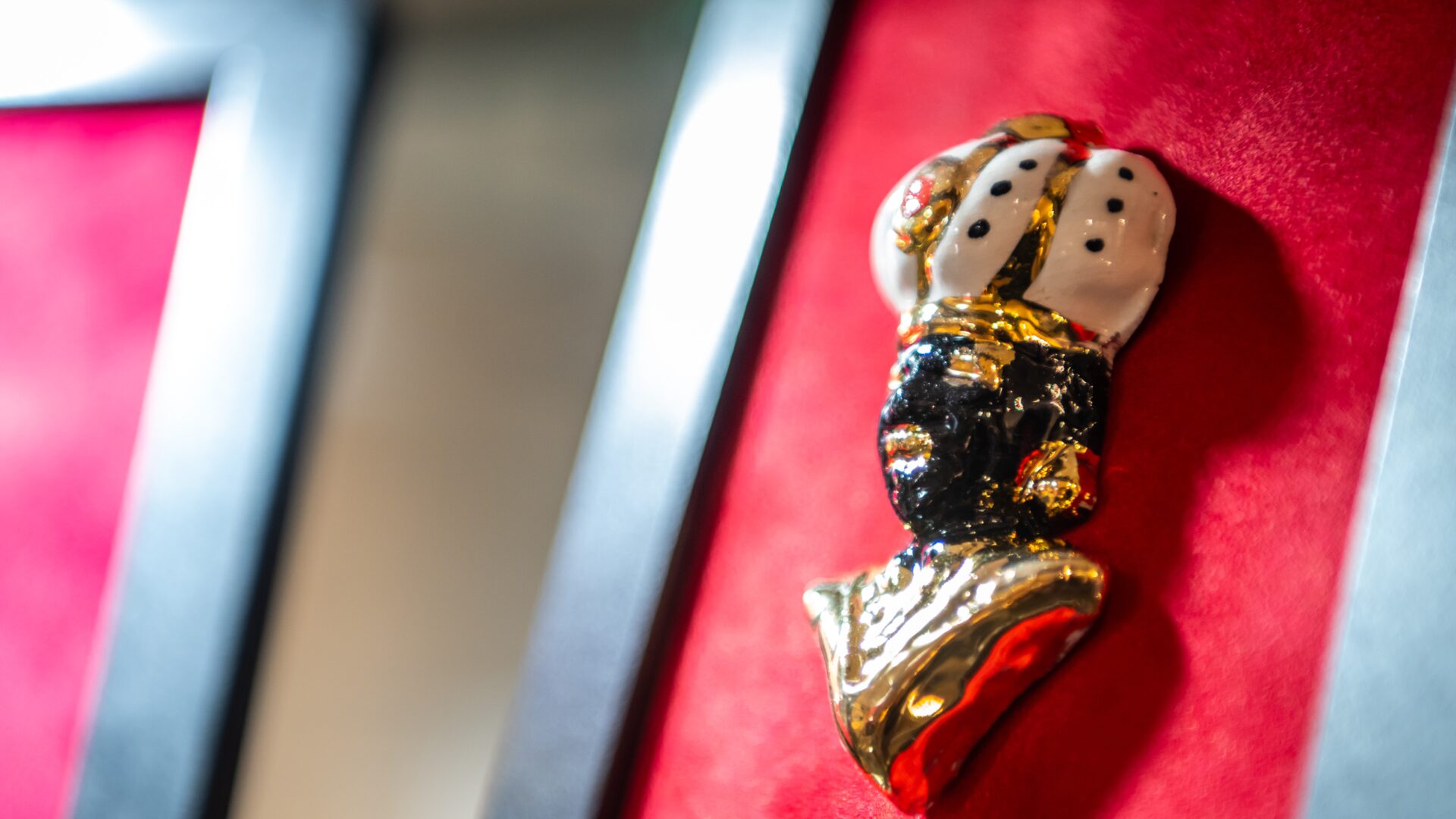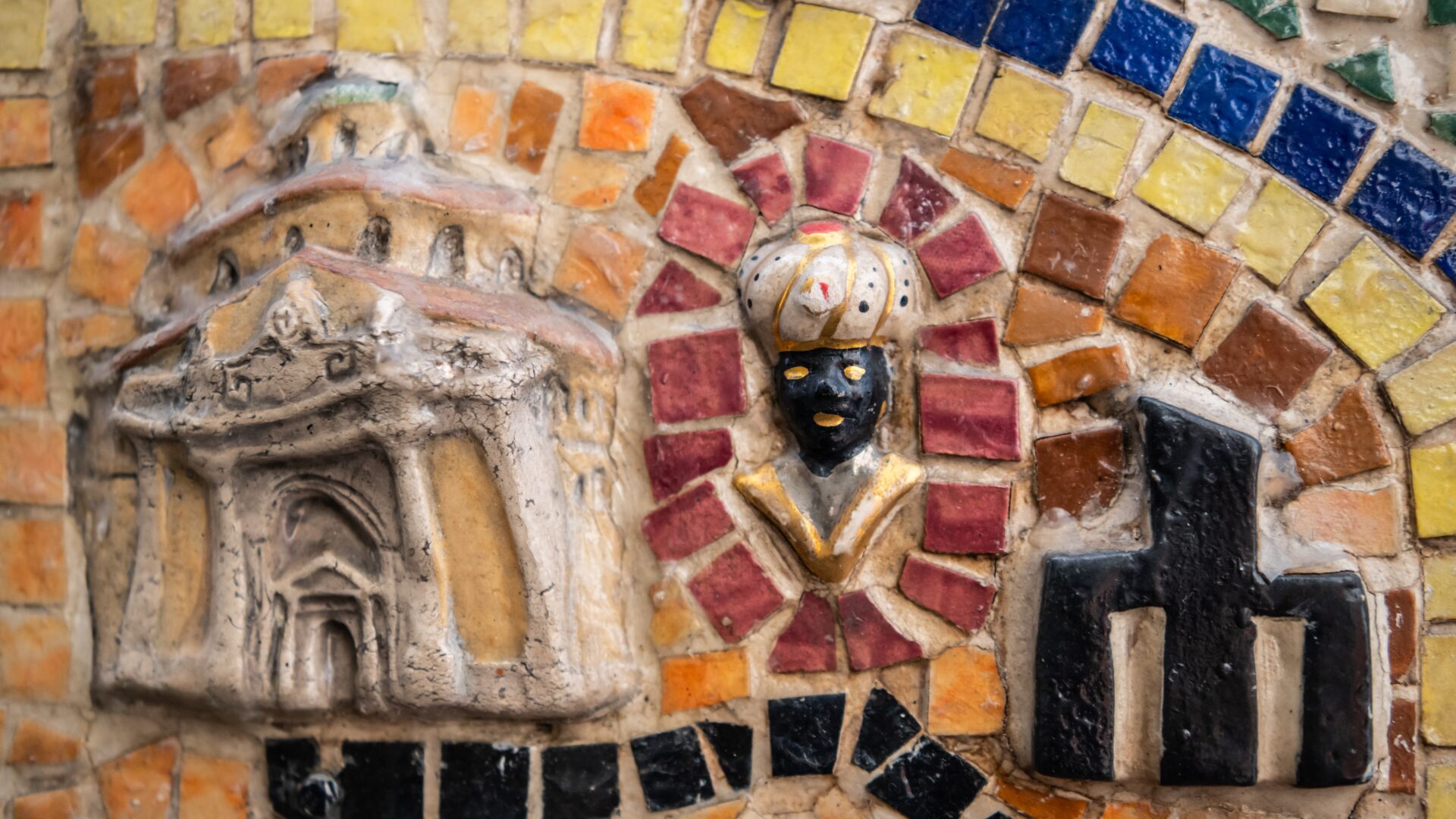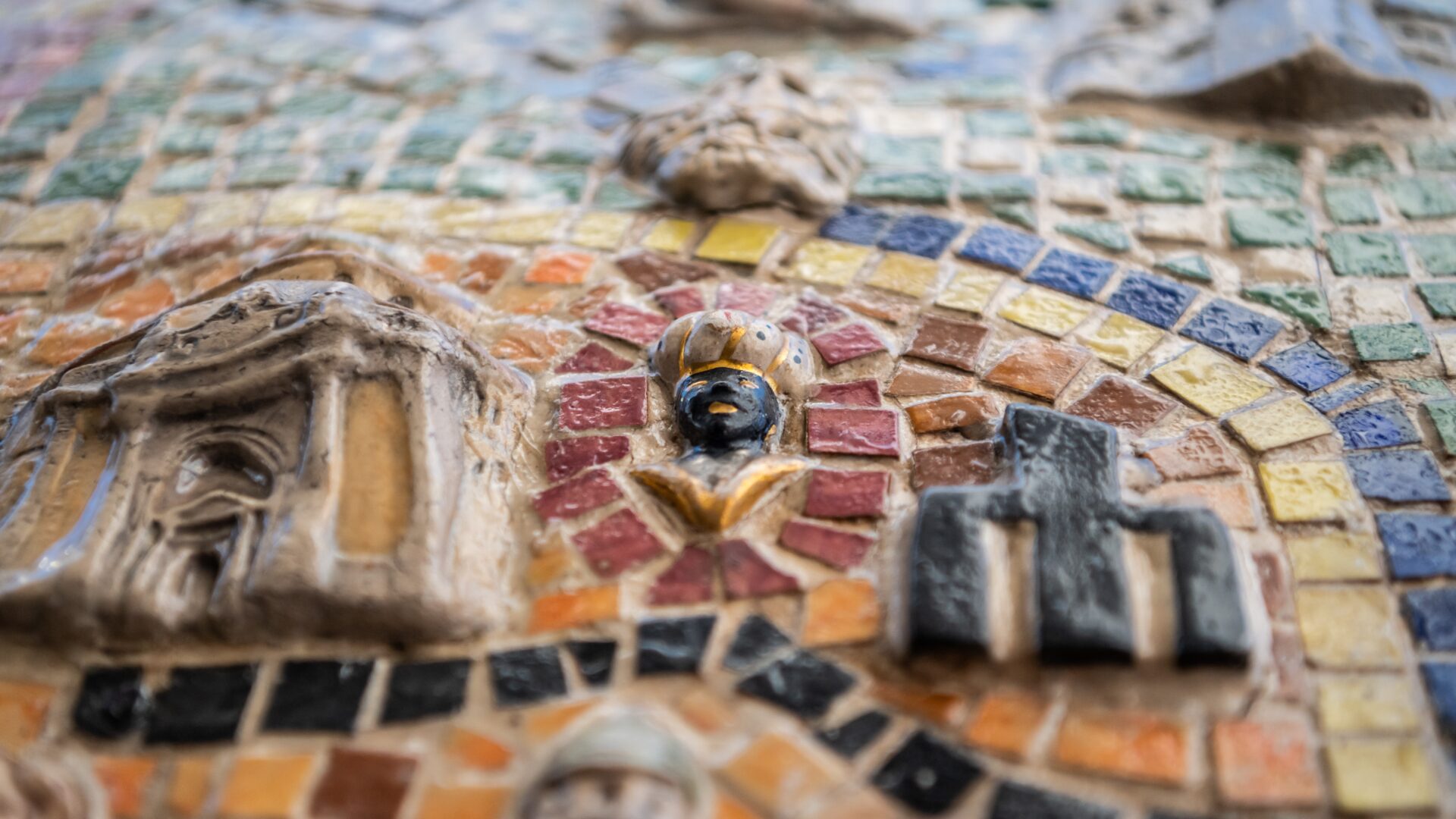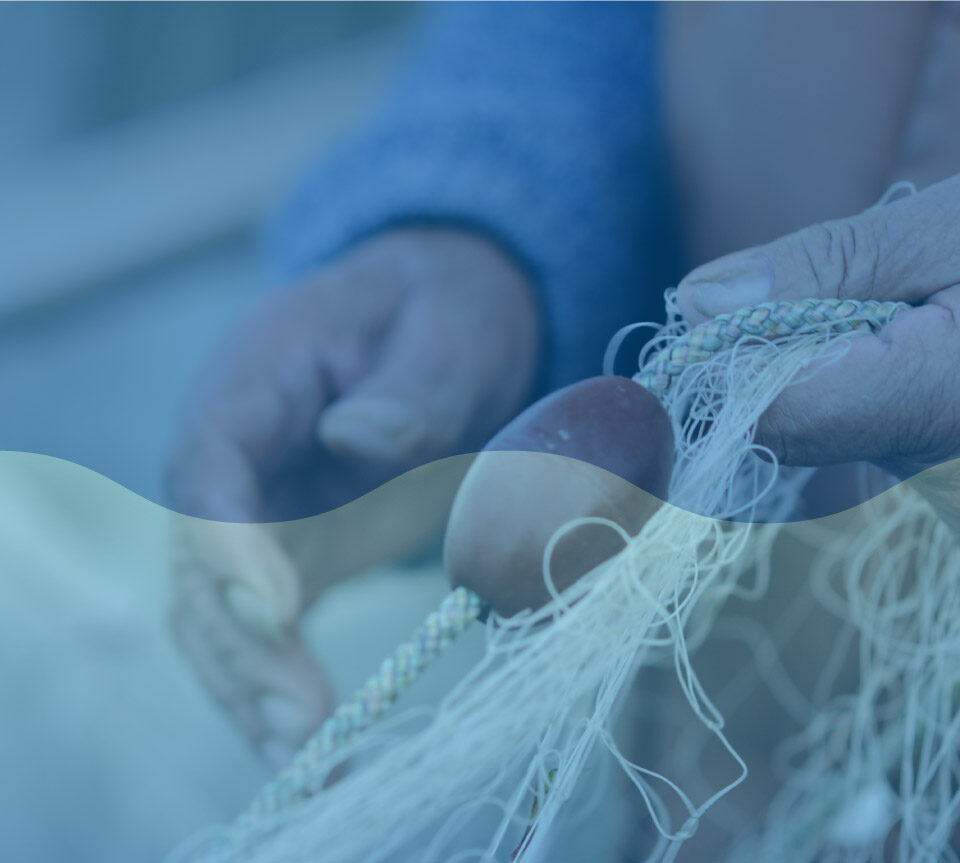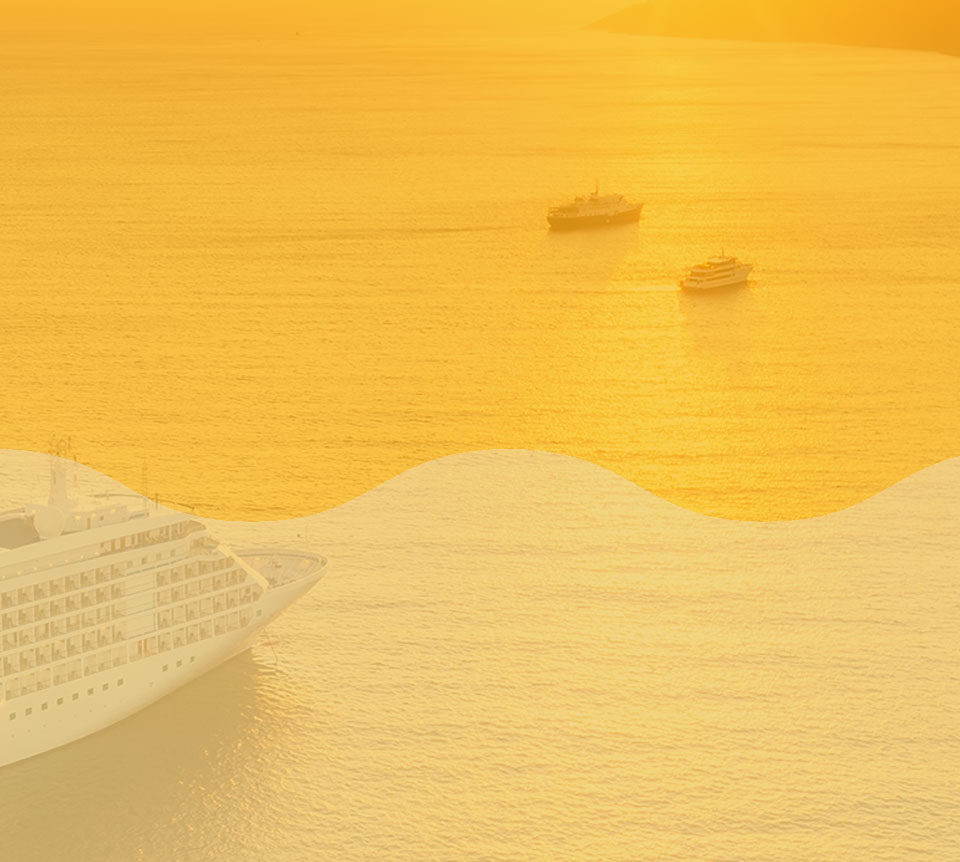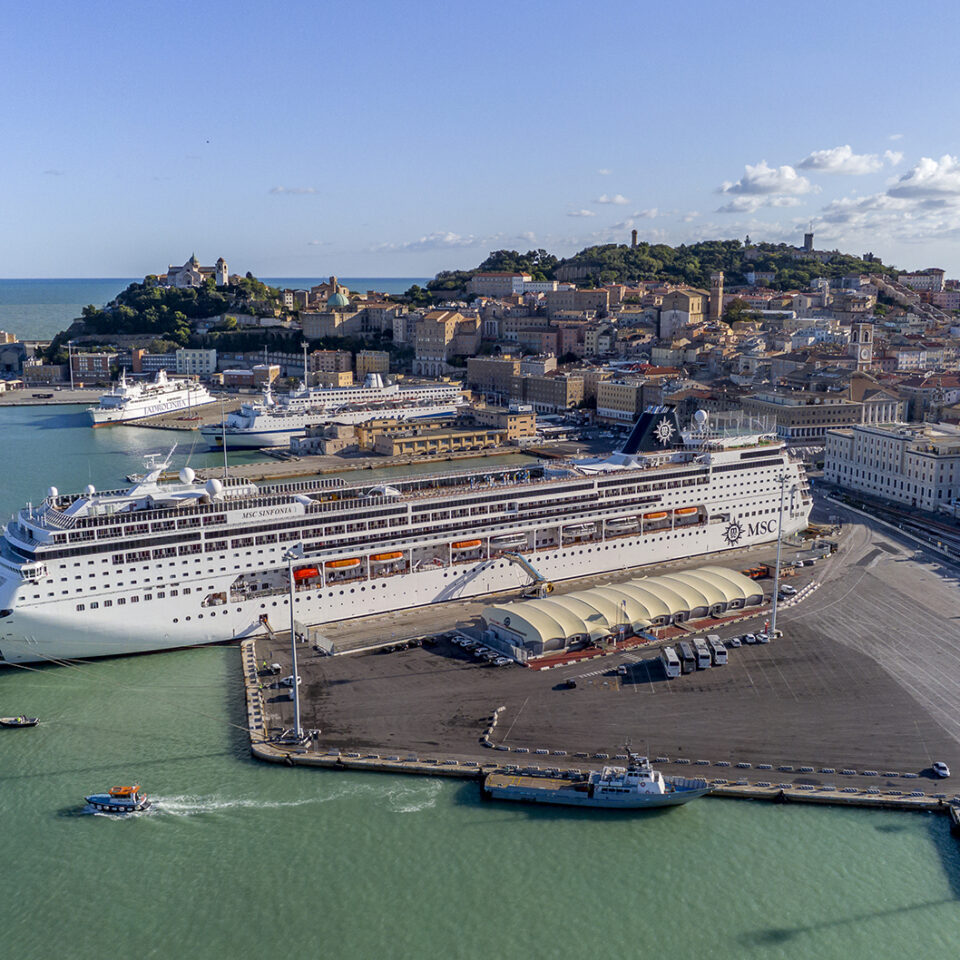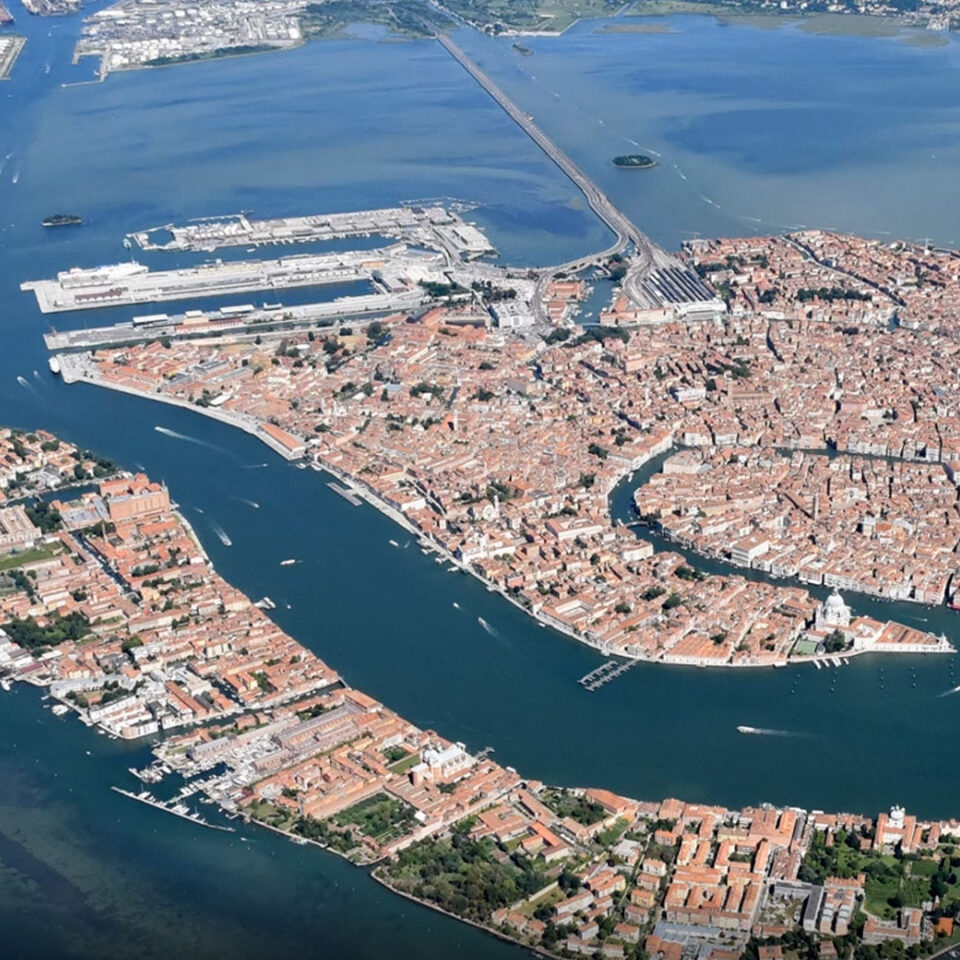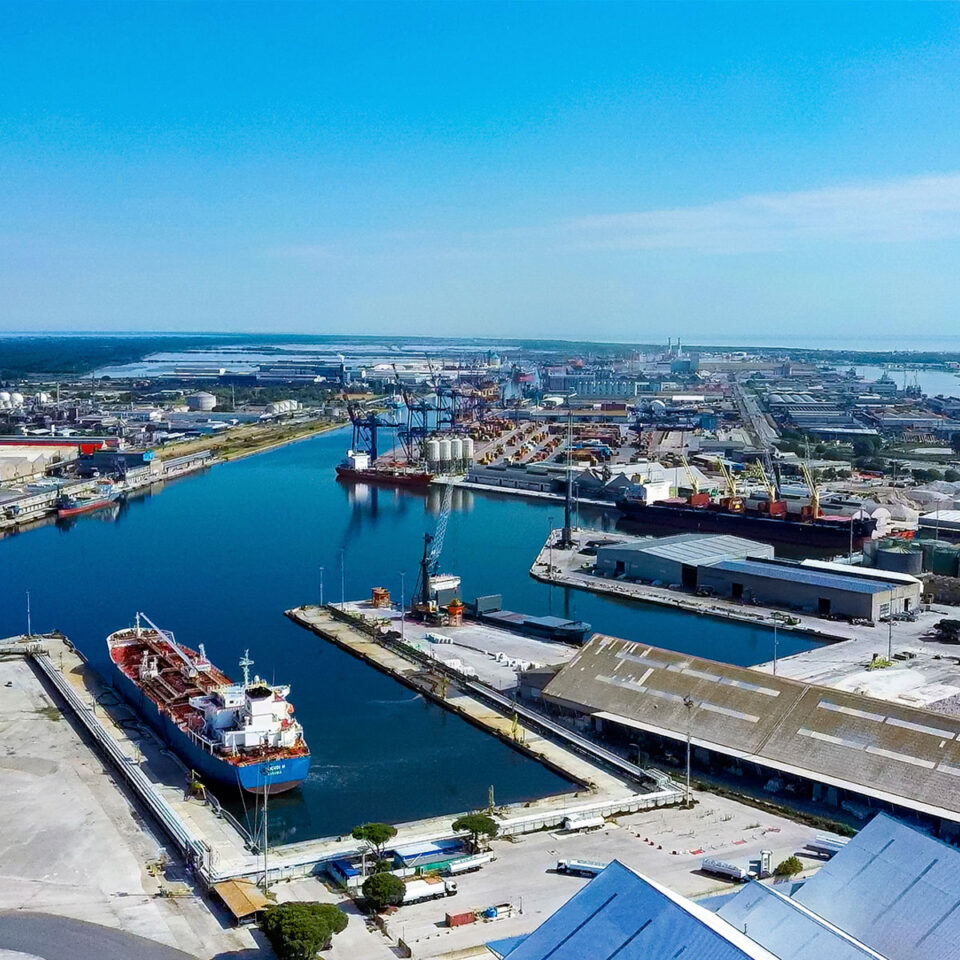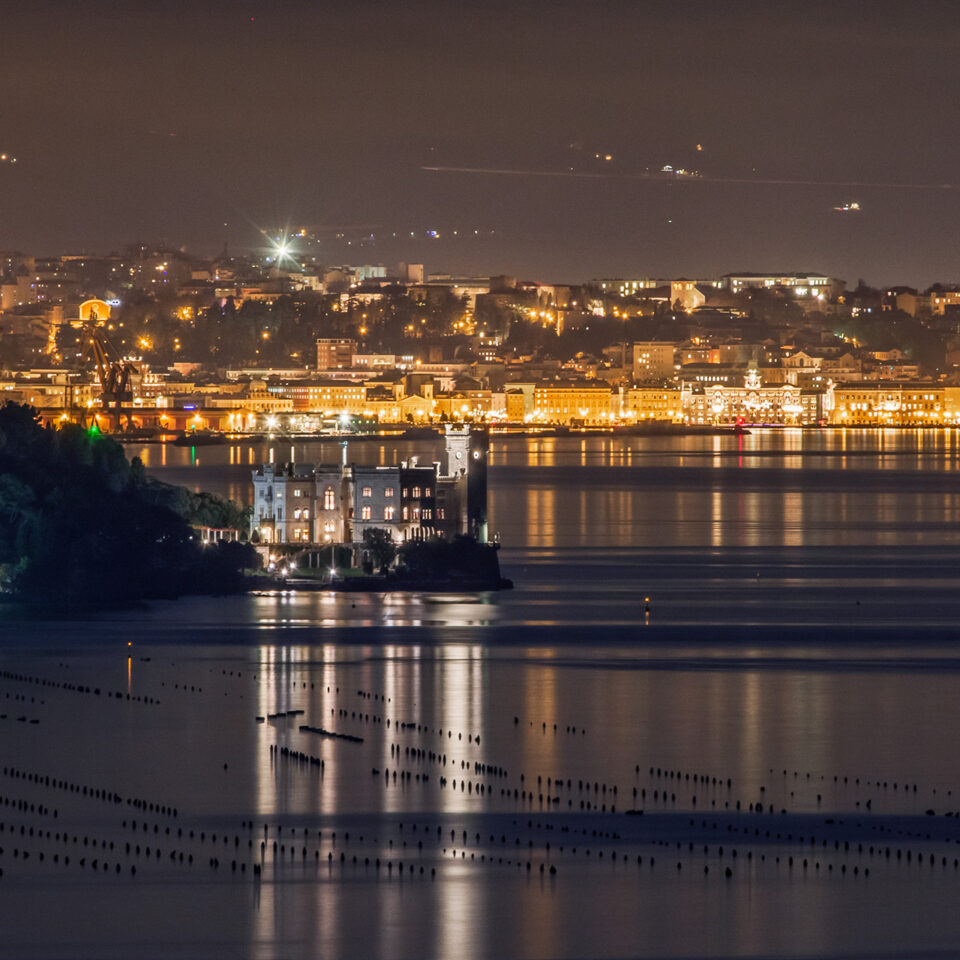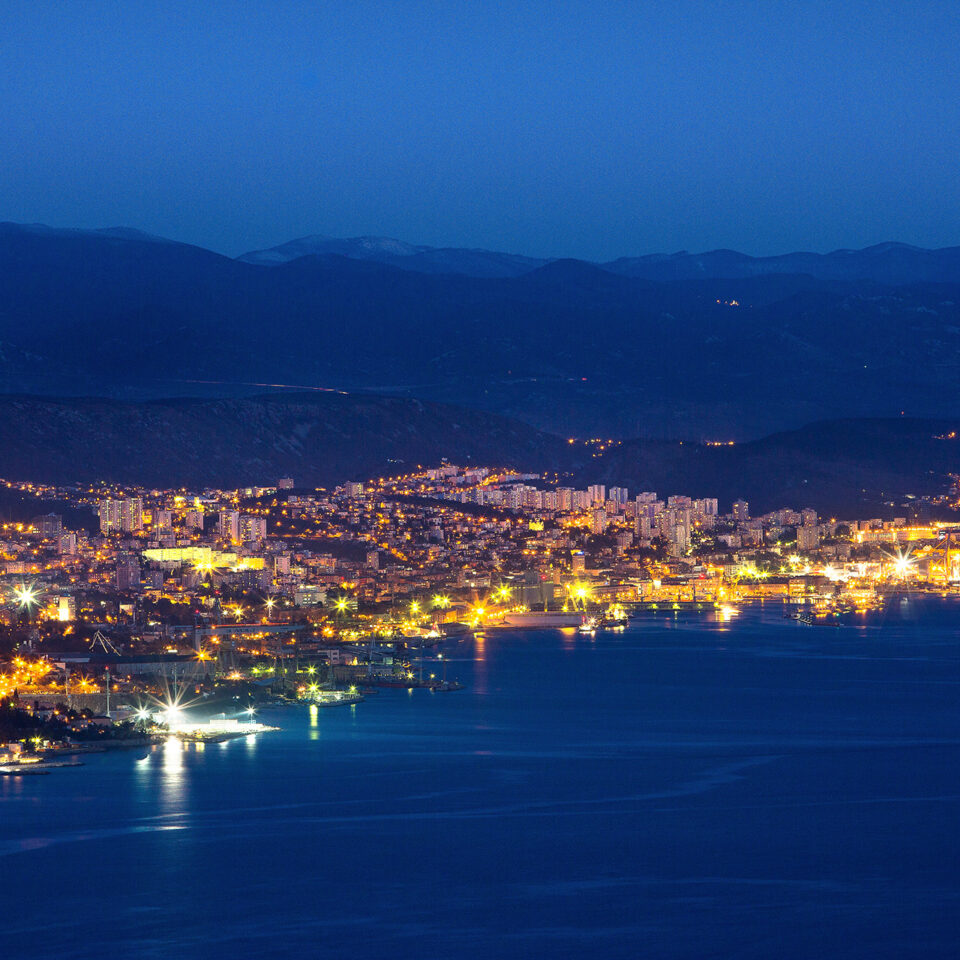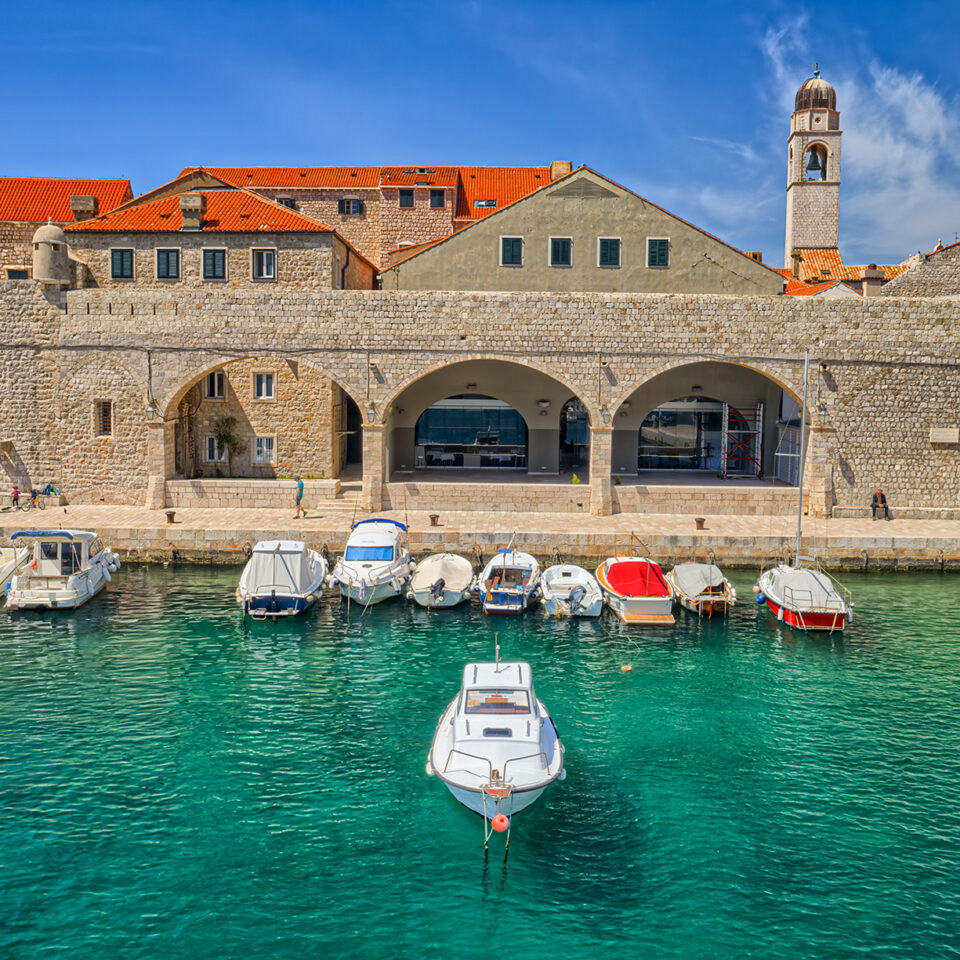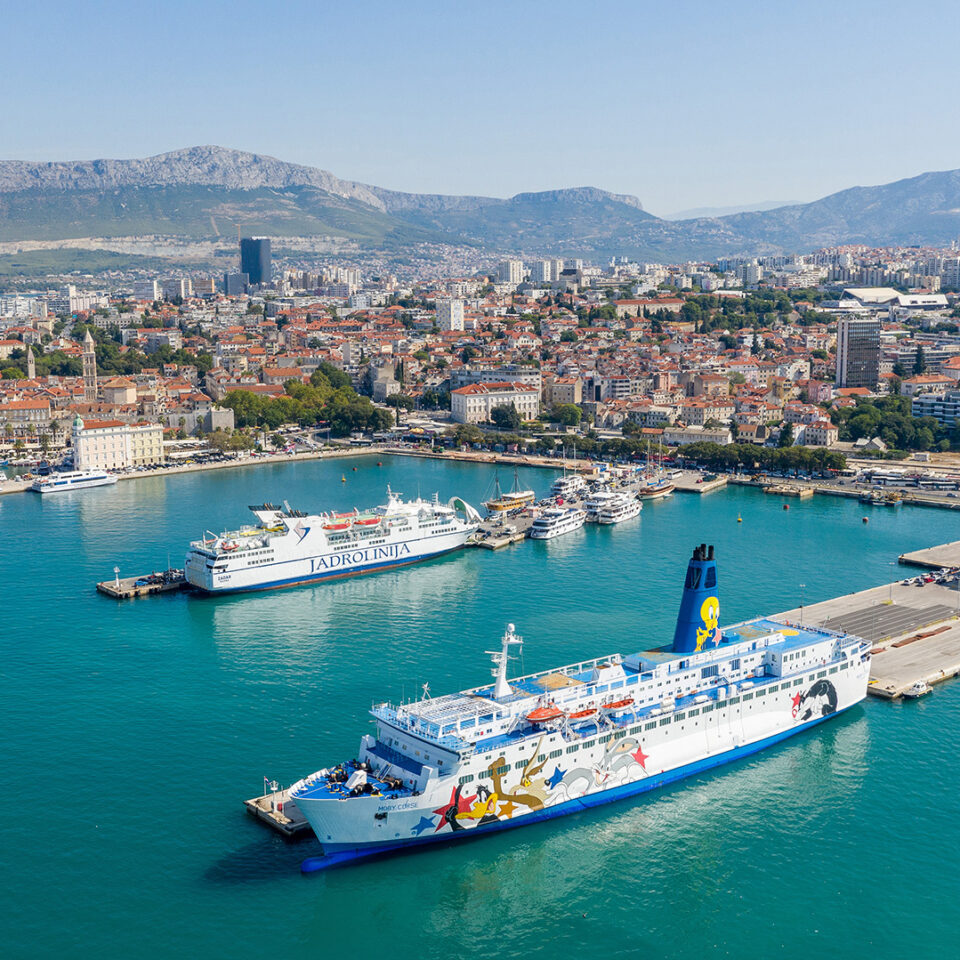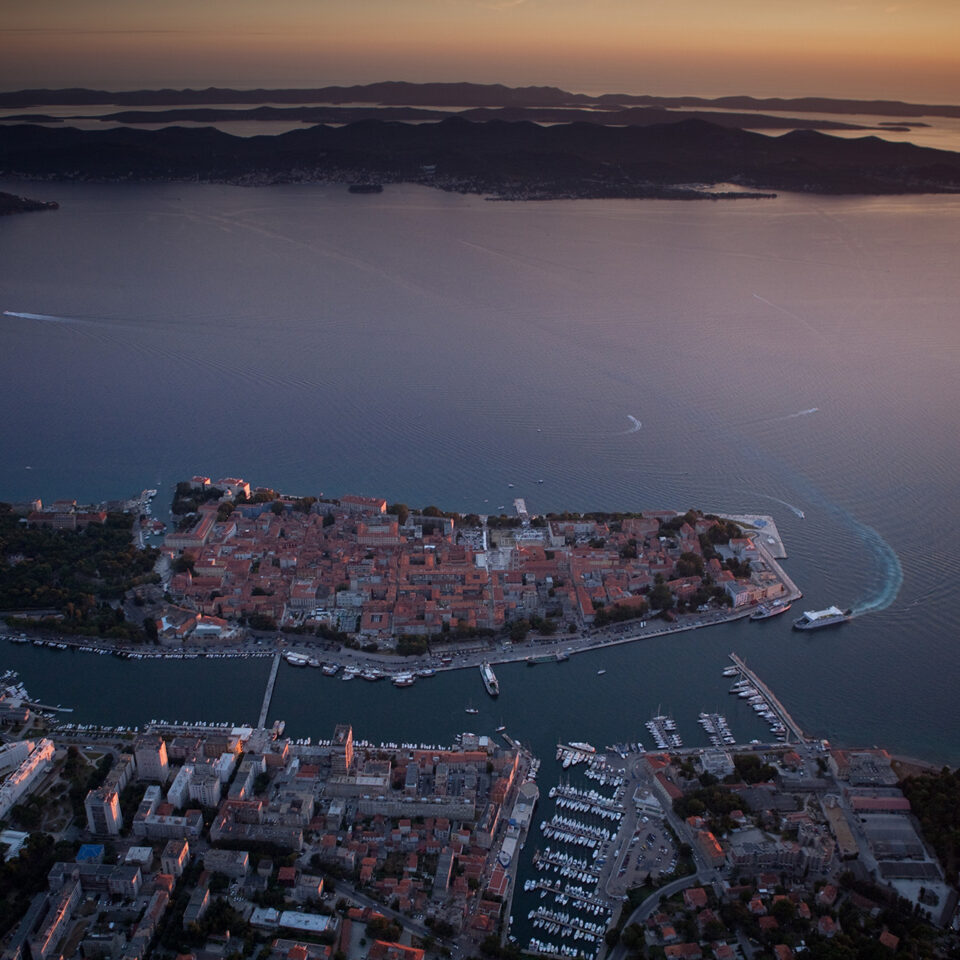


The Morčić—A Symbol of Identity, History, and Luck
One of the most recognizable symbols of Rijeka and Primorje is definitely the morčić—the specific motif of a black man with a turban, most often made in the shape of earrings, brooches, rings, or decorative needles. Even though it’s now familiar as the symbol of the international Carnival of Rijeka, the roots of the morčić go a lot deeper and carry a rich symbolism. It has been the official mascot of the Carnival since 1991, but its heritage reaches a lot further, all the way to the 16th century and the folk tales which had shaped it.
This distinctive ornament, recognized by its dark face and white turban, used to be a part of commoners’ jewelry, especially among the women of Kvarner and Rijeka. But it’s interesting to note that men wore it, too—fishermen, sailors, even boys—as a protection from evil and misfortune. The people used to hold the belief that the morčić brings you luck, keeps you safe from curses, and symbolizes loyalty to where you hail from. In some families it is passed down from generation to generation as a precious keepsake.
There are numerous legends about how it came to be. The most famous one is the one starring the Zrinski and the defense of Rijeka against the Ottoman attack from the Grobničko polje. Legend has it that, when the Turkish pasha fell down in battle, the army scattered, and after the storm, the field was covered in turbans. As a memento of this victory, women began wearing earrings in the shape of a head with a turban.
Another legend comes from the Croatian south and tells the tale of a noblewoman who, as a token of gratitude to her black maidservant, commissioned jewelry with her likeness. Historically speaking, similar motifs are also found in Venice, where the 17th and 18th centuries were marked by the Orientalist style. The local goldsmiths were inspired by the “moretto”—jewelry with a black man in opulent clothing, in those days, a symbol of luxury.
The morčić of Rijeka emerges as a simpler, but more authentic version of that Venetian motif. It kept the symbolism, but received a local character and, in time, became recognizable as a part of the tradition of Rijeka. Its production requires craftsmanship and precision, and traditional goldsmith shops still keep the craft alive.
A special type of the morčić is made in the Mala galerija Bruketa in the Old Town, where this souvenir is made in ceramics, baked at high temperature, gilded, and coveted as amalgam of art and heritage.
These days, the morčić is not just a piece of jewelry. It is a symbol of Rijeka, of belonging, but openness, too—a symbol by which we get recognized and which makes a lot of people find protection, luck, and a fragment of history transformed into a decorative miniature.

